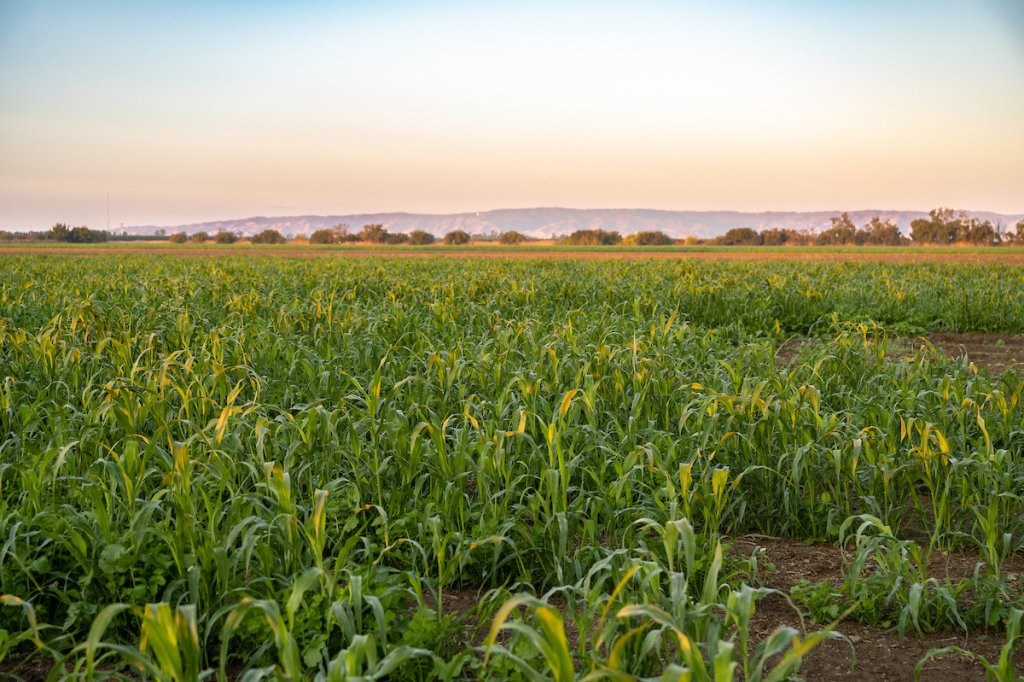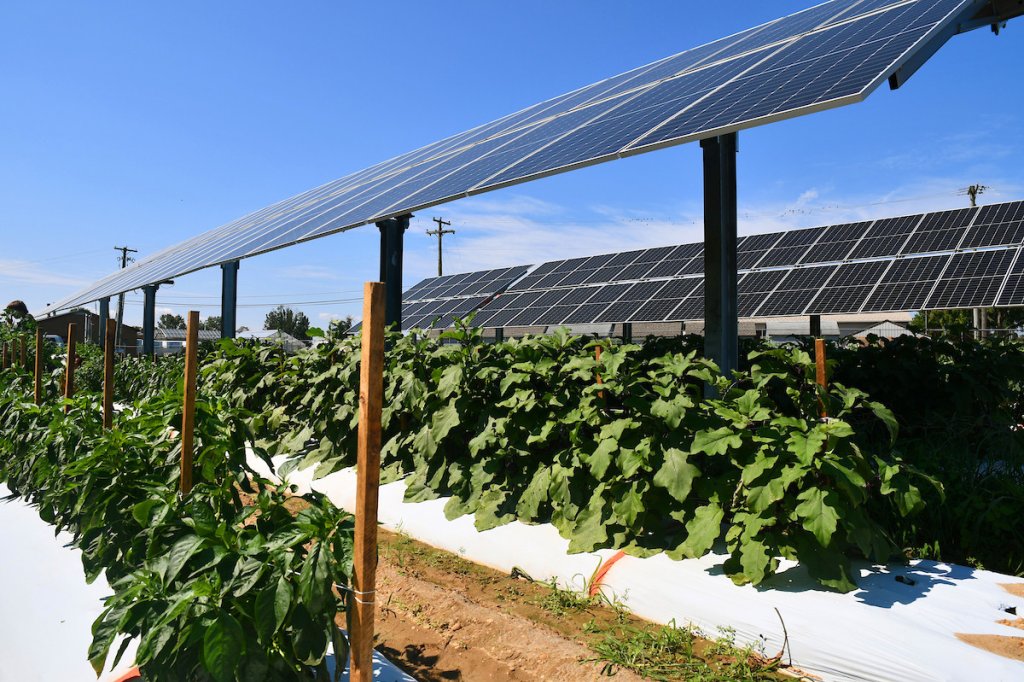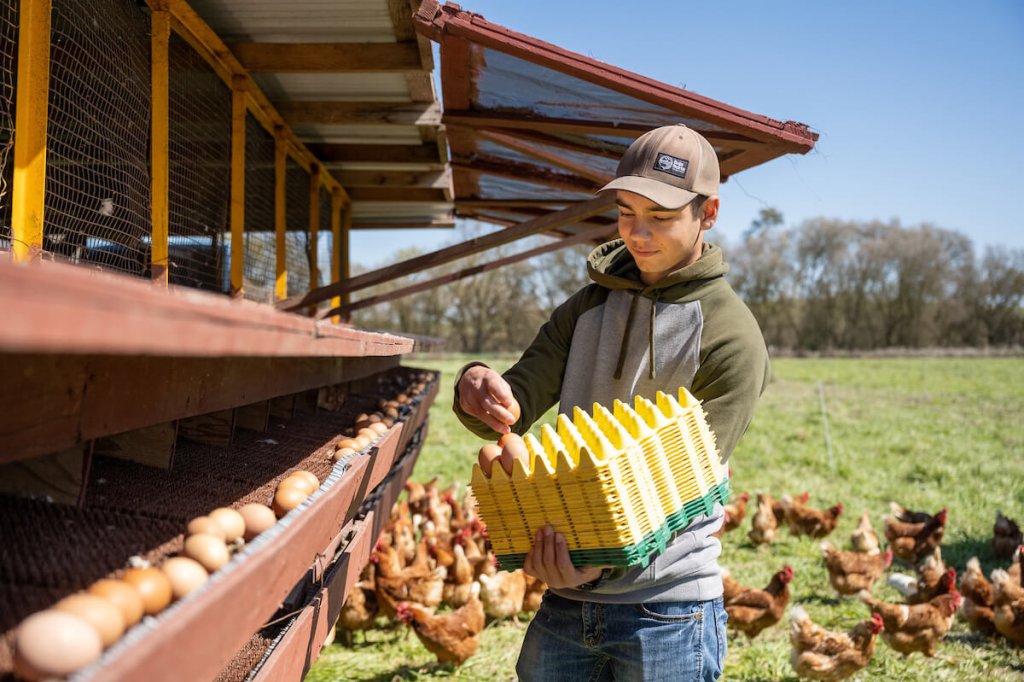Farm Bill Plan for a Smart Solar℠ Buildout
According to the Department of Energy, achieving the goal of a decarbonized electric sector by 2050 will require converting 10.4 million acres of land to solar energy generation, with 90% of that occurring in rural communities. Solar developers often favor farmland because it is flat, sunny, open, and near energy infrastructure. Recent AFT modeling revealed that without policy interventions, 83% of new solar energy development is likely to take place on farmland, with half of that on the nation’s best land for producing crops.
AFT strongly supports decarbonization efforts to combat climate change and recognizes that solar development presents opportunities for some landowners to receive steady, long-term lease payments. However, concerns must be addressed regarding prime farmland conversion, land affordability and availability, and the impact of large-scale solar development on rural livelihoods and landscapes, which are slowing the transition to renewable energy.
AFT developed a framework to guide decision-makers on how to implement a solar buildout that strengthens farm communities. These four Smart Solar℠ principles are:
Prioritize siting on the built environment and marginal land
Safeguard the ability for land to be used for agriculture
Grow agrivoltaics for agricultural production and solar energy
Promote equity and farm viability
Support a Smart Solar℠ Buildout
AFT’s Farm Bill Smart Solar℠ platform urges Congress to direct and empower USDA agencies to provide the guidance, support, and leadership that will enable local decision-makers to put these principles into action. Specifically, the platform recommends that Congress direct USDA to develop guidance to ensure that land converted to solar can be returned to agricultural use, that the Rural Energy for America Program (REAP) serve as a model for Smart Solar℠ deployment, and that additional research be conducted, including how best to incorporate solar into agricultural operations (agrivoltaics) and what the economic and social impacts of solar will be. It also recommends that the Farmland Protection Policy Act (FPPA) be strengthened to better track the conversion of agricultural land to solar development and prevent the loss of our most productive farmland to federally-funded, utility-scale solar projects.









